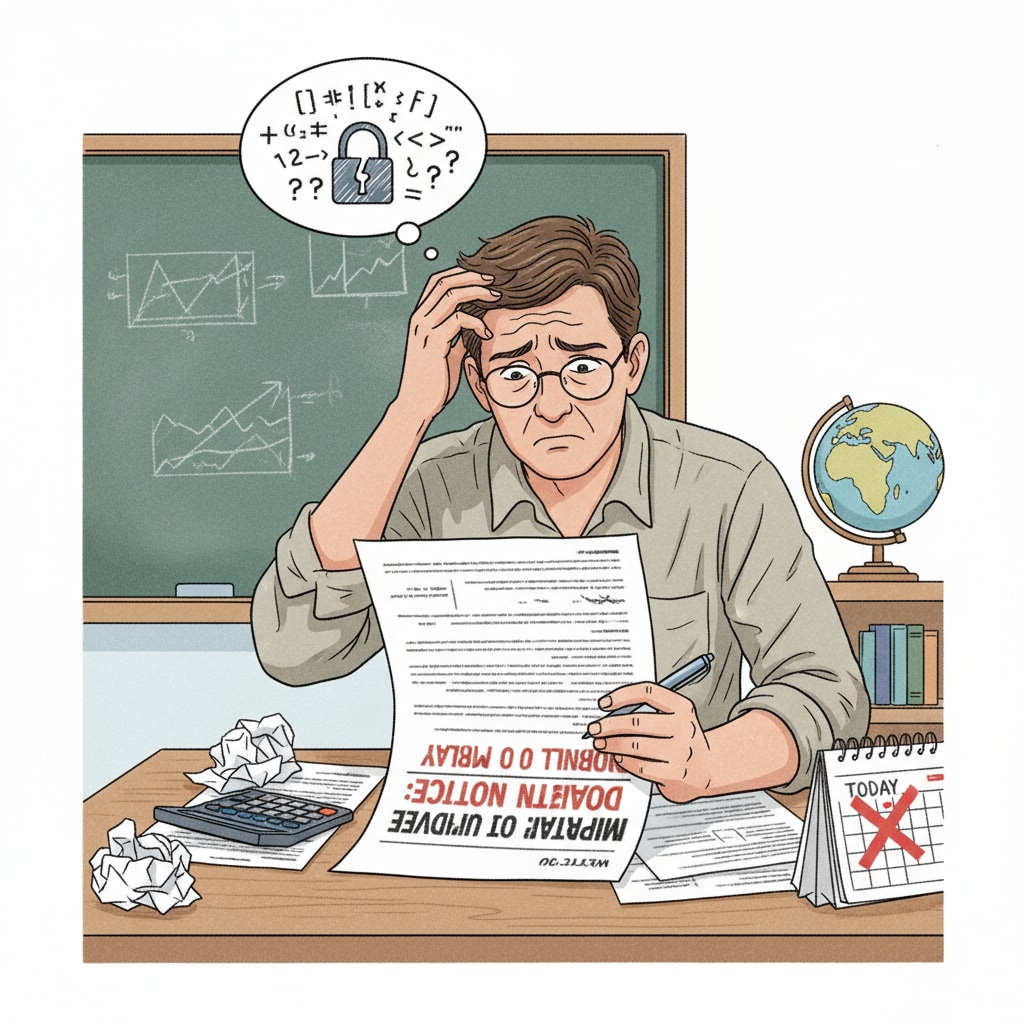The issue of functional illiteracy, reading comprehension, and education crisis in the United States has reached alarming proportions. A staggering 54% of the American population is classified as functionally illiterate, a fact that sends shockwaves through the nation’s educational and social fabric. This high rate of functional illiteracy not only indicates a profound failure in the education system but also has far – reaching implications for society as a whole.

The Alarming Rate of Functional Illiteracy
Functional illiteracy refers to the inability of individuals to use reading, writing, and numeracy skills effectively in daily life situations (as defined by the Organisation for Economic Co – operation and Development). In the US, this means that a large portion of the population struggles with tasks such as understanding instructions on a medicine bottle, filling out a job application, or reading a newspaper article. This is not just a matter of lacking basic reading skills but also of being unable to comprehend and apply information in practical contexts. For example, many functionally illiterate adults may find it difficult to understand the terms and conditions of a loan, which can lead to financial hardships. Statistics on Literacy in the US

The Erosion of Critical Thinking
One of the most significant consequences of high – level functional illiteracy is the erosion of critical thinking skills. Reading is not just about decoding words; it is a gateway to developing critical thinking, empathy, and the ability to analyze different perspectives. When a large part of the population is functionally illiterate, the overall capacity for critical thinking in society is severely diminished. For instance, in a democratic society, informed decision – making is crucial, but functionally illiterate individuals may struggle to understand complex political issues, thus affecting the quality of public discourse. As a result, it becomes harder to hold leaders accountable and make well – informed choices that benefit the community. The Importance of Critical Thinking
Education Resource Inequality
Education resource inequality is a major factor exacerbating the functional illiteracy problem. In many low – income neighborhoods in the US, schools lack adequate funding, qualified teachers, and up – to – date educational materials. This lack of resources directly impacts the quality of education students receive. For example, students in underfunded schools may not have access to advanced reading programs or small – group instruction, which are essential for developing strong reading comprehension skills. In contrast, students in wealthy areas enjoy state – of – the – art facilities and highly trained educators. This disparity in resources creates a cycle of disadvantage, where students from less privileged backgrounds are more likely to become functionally illiterate.
The high rate of functional illiteracy in the US is a wake – up call for the entire nation. It is imperative that we re – evaluate our education priorities and take decisive action to address this crisis. By investing in equal access to quality education, we can hope to reduce the rate of functional illiteracy and build a more informed, critical – thinking society.
Readability guidance: As seen above, we have used short paragraphs to present ideas clearly. Each section has key points presented in a straightforward manner. The use of passive语态 has been minimized, and transition words like ‘for example’, ‘as a result’ have been used to enhance the flow of the article.


